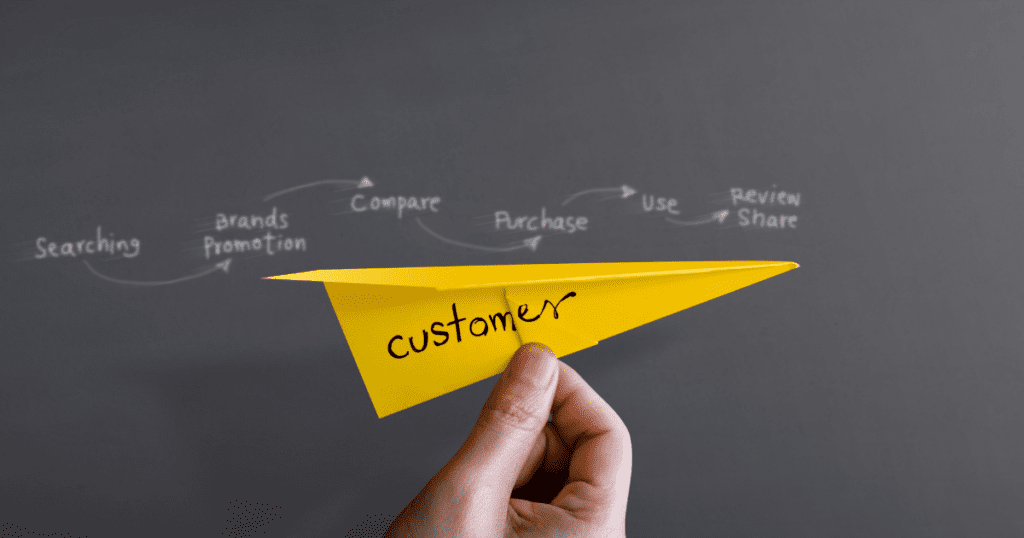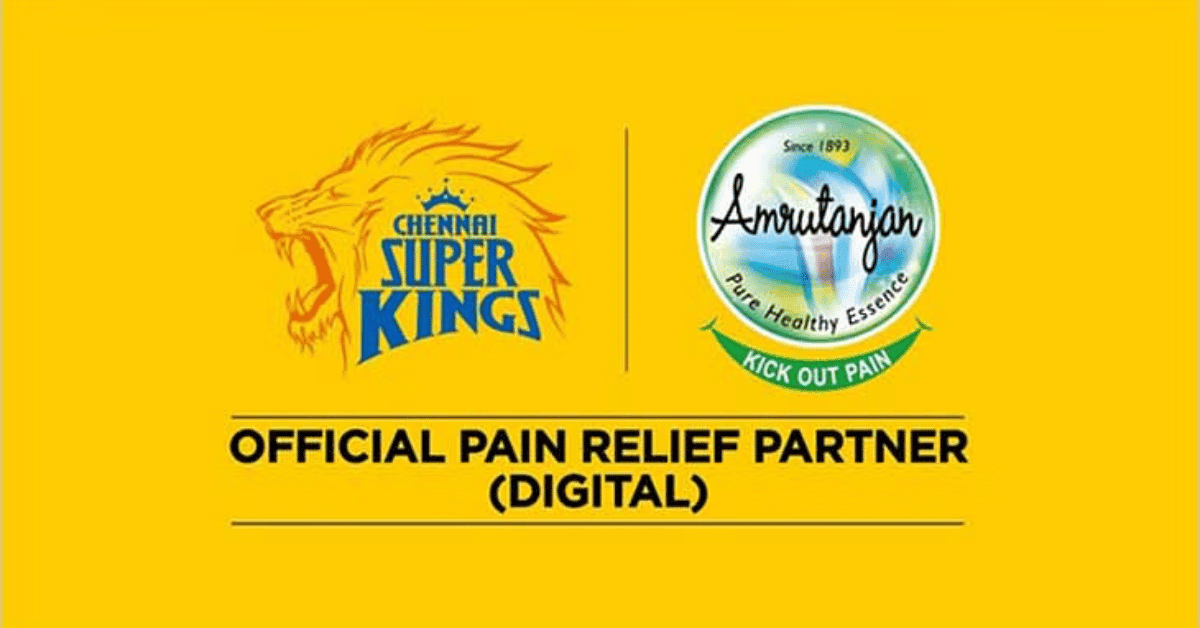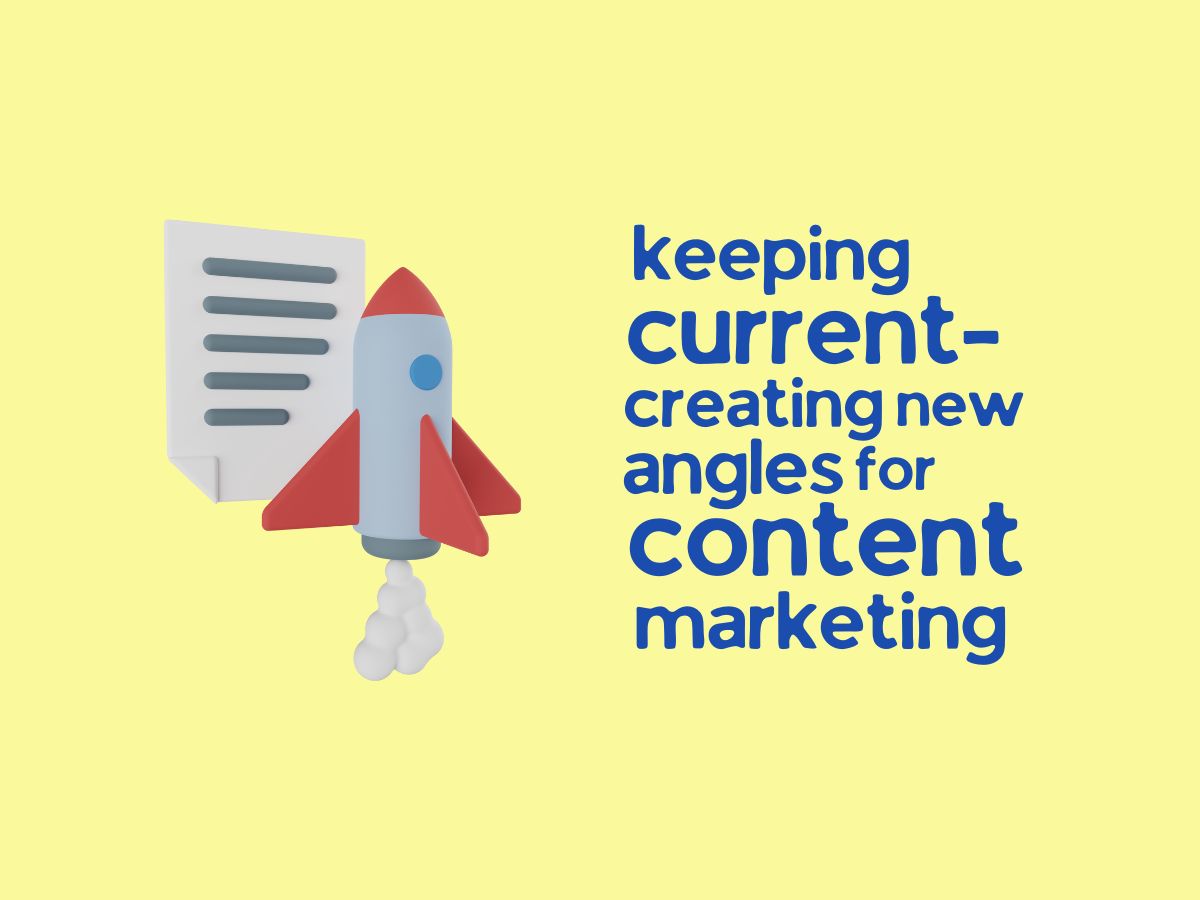It goes without saying that a unified customer journey is critical to success. These marketers understand how a customer or user journey map can streamline processes and provide customers with a unified brand experience. Ideally, a customer journey map turns the online customer journey into a visually accessible method that digital marketers can use to their advantage.
To streamline your customer experience and be constantly available to consumers throughout their online experience, read on to learn how you can create the best customer journey map for your brand.
What is a customer journey map?
A customer journey map is “a visual representation of each of your customer experiences.” Throughout their experience with your brand, a customer will likely interact with or remember your brand on multiple platforms and in different ways. A customer journey map helps your brand provide a seamless narrative of the customer experience through the online sales funnel.
Although it may seem that the journey from first contact to sale is quite simple, it is anything but. The customer is bombarded with countless daily advertisements, newsletters, and competitive content. This complicates their journey with your brand, and a comprehensive customer journey map is your solution to making the experience easier.
Customers can interact with your brand in many ways in today’s digital environment. Some examples are:
- Reading a blog post related to your brand
- Accessing your website through a search engine platform
- Following your brand on various social media channels
- Creating a clear visualization of all the possible ways a customer can interact and connect with your brand. A journey map helps you keep customers engaged while increasing conversions and revenue.
Why create a customer journey map?
With so much travel happening digitally, it’s critical that digital marketers understand exactly where customers interact with your brand while providing regularly accessible, high-quality content. With an effective customer journey map, digital marketers can better understand how their customers interact with their business and gain useful information about which channels are most effective in converting leads and prospects into loyal customers.
Gone are the days when products with special features were traditionally marketed. Modern buyers are interested in the brand as a whole, how it interacts with them personally, and most importantly, how the offer can solve the problems they face. A simplified customer journey map helps explain how digital marketers can most effectively provide this information to potential customers and keep them engaged and committed to making a purchase.
Get started with a customer journey map
Now that you understand what a customer journey map is and how it can take your digital marketing efforts to the next level, let’s move on to online journey mapping. Your customer journey is complex, so a map’s job is to make it as focused and straightforward as possible.
Step 1: Use Your Sales Funnel to Define the Buying Process
Ideally, your brand already has an online sales funnel that shows how leads move through your content and marketing strategies to ultimately complete a purchase. This data gives you guidance on how many potential touch points a customer has with your brand and content, and how each interaction impacts the next.
Step 2: Think Like a Customer
Despite the massive growth of customer data, it is difficult to truly think like a customer. Each prospect is a unique individual with different needs, feelings, personalities, responsibilities, etc. So how can you, as a digital marketer, understand how your customers choose to reach the bottom of your sales funnel and buy your product or service?
While you can’t completely predict a prospect’s next steps, you can target them at different stages of your sales funnel as you go through the process yourself. Follow these steps as you cycle through different combinations of touchpoints and options. If you find a part of your buying journey that doesn’t seem like a natural next step, take note and optimize that step to make the customer journey more logical and understandable.
If you really want to optimize your customer journey, review your support call and email transcripts so you can track errors and resolve issues in the purchase process before moving on to the next step.

Step 3: Develop customer interaction touchpoints
Simply put, a touch point is any digital place where a customer can learn about your brand or interact with your website. Each touch point in turn is critical to communication and conversion from a business prospect.
Many of these touch points were traced in the second stage of this process. But now it’s time to design these touch points logically. For example, having a customer “like” a social media post counts as one touchpoint while clicking a link on that social media post is another. Group these touchpoints into logical areas such as “social media touchpoints” and “website touchpoints”.
Step 4: Implement Your Customer Journey Map and Do Your Research
First, create a visually appealing customer journey map that is accessible to all necessary team members. A graphic designer helps bring together findings and touch points in a visual sequence that is understandable, logical, and beautiful.
Now that you’ve identified all the potential touchpoints, grouped them into logical sets of regions, and created an easy-to-use customer journey map, it’s time to put your new discoveries to work and see how they perform digitally.
Platforms like Google Analytics are a big help if you want to see where buyers regularly go in the customer journey. If you notice patterns, such as a lack of clicks on newsletters or customers abandoning right before purchasing, analyze those touch points and make the necessary improvements.
Target customers want their journey to be as easy as possible, so including too many touch points in the purchase process may not keep them engaged throughout the journey. When looking at your customer journey map, make sure the journey is simple enough to keep them in the perfect logical steps, while still providing the personalized and educational content they need to keep them engaged.
Step 5: Optimize Your Customer Journey Map Regularly
Like most aspects of your digital marketing strategy, your online customer journey often changes as technology evolves and new digital platforms are integrated into the buying cycle. By regularly monitoring how your customers are progressing through your buying cycle, you can identify gaps and develop processes to streamline the customer experience.
According to Aberdeen Group’s 2016 report, Customer Journey Mapping: Lead the Way to Advocacy, organizations experienced a 16.8 percent increase in sales cycle size when a user journey map was successfully developed, implemented, and maintained. While creating a customer journey map can be a timely endeavor for a digital marketer, it offers unparalleled value to your brand and your customers.
Conclusion
Providing your potential customers with a smooth and enjoyable online experience will help them increase sales. By understanding your customers’ needs and preferences, you can increase your productivity by focusing your digital marketing development on the touchpoints that need the most help. Empower yourself to create consistent customer experiences that connect your digital marketing strategy with the quality digital content your customers expect from your best-in-class organization.




















